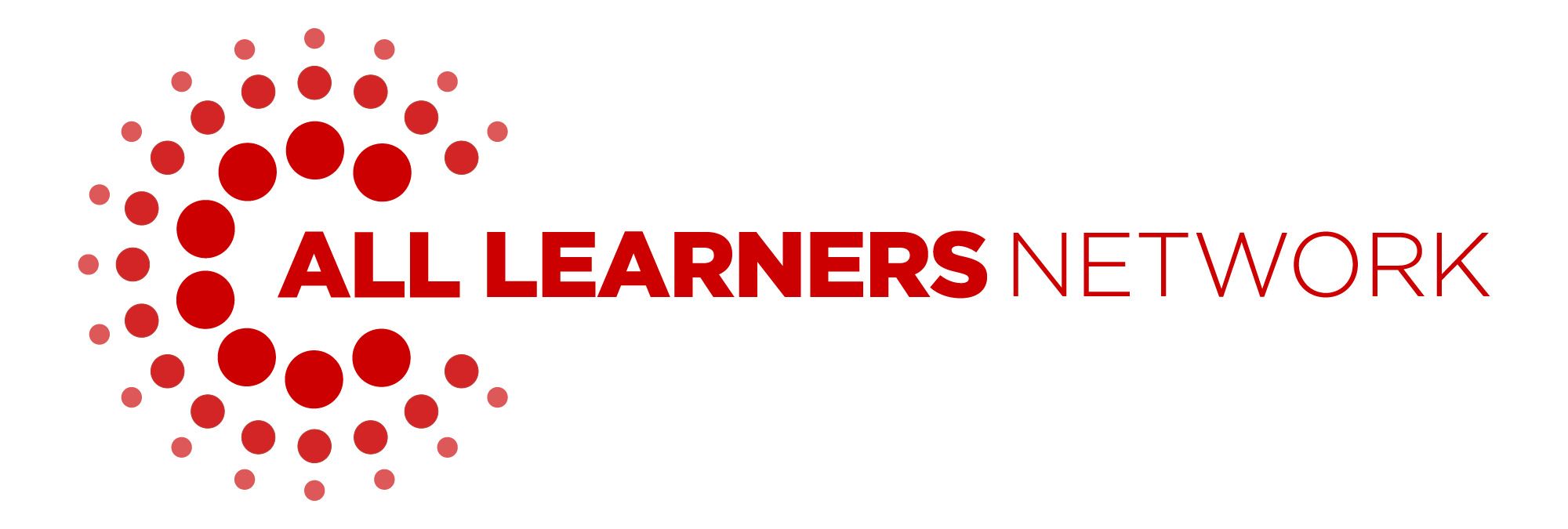
5 Ideas for Educator PD When There is No Time
Published: September 13, 2024
How do you create a personal professional learning plan that addresses the needs of both you and your students? How do you even begin to do this when time is incredibly limited? As a professional development organization, All Learners Network (ALN) always thinks about professional development that does more than just check a box. Our approach is to provide engaging, high-quality professional learning that results in inclusive, equitable math instruction for all students. And- we know that having agency over your professional development plan and having the time to focus on professional learning are two luxuries that are not afforded to all.
Knowing that even having time and space to focus on personal professional learning is its own equity issue, ALN thinks a lot about how all teachers can access professional development focused on math instruction. There are a lot of limitations when it comes to professional development. We know that there are times when districts and schools have requisite topics that certain professional development time is allocated for. Of course- cost is a constant and recurrent issue for many educators. Lastly, we know that not only is having the time to focus on professional development an inaccessible luxury for many but just having the mental space to think about professional learning can be scarce.
As you think about your professional learning for the year, we have put together five ideas to consider. Before diving in, we know that your time is precious. It truly is. Educator time is finite and at times the list of requests and obligations feels infinite. Instead of looking at these five items as things for you to immediately address, try picking one or two to explore this week, month, or year. The goal is not to overwhelm yourselves through overcommitting. Growth happens when challenge and support intersect and if we over-challenge ourselves, our growth potential is incredibly limited. So think about what is achievable for you. Think about which of these ideas can be used (and modified) for your just-right next step.
5 Ideas for Educator PD When There Is No Time:
1. Do what you do best: think about the students in front of you.
You are an incredible educator - make sure you know that. Find time on a cadence that works for you (weekly, monthly, quarterly, etc.) to think about the specific needs of your students. How are you meeting those needs? How are your current skills meeting the specific needs of the humans in front of you? What skills could be nurtured to meet the needs of your students even more?2. What are the areas around teaching math that you are interested in?
Take a moment to really think about your interests as the unique educator you are. What are you hoping to learn more about? What do you want to be challenged in? If you are interested in learning more about Universal Design for Learning and math, consider the ways you can focus on that. If you are really excited about how math games can be a tool in your classroom, find resources that fit that need.3. What are the ways you can build capacity?
Capacity is a word we have heard more and more over the last few years. And often, it is directed to administrators around revisiting their systems to build teacher capacity. The goal is always to increase the ability for teachers to support other teachers. We know this model - either through coaching or teacher leadership - can be highly impactful. Building your own capacity could look like seeking feedback from trusted educators around you, or starting a book group to read and reflect on together. One option could be inviting educators into your classroom for observation sharing. These are some small examples of ways that you can think creatively about accessing professional learning without overtaxing yourself on the limited capacity you might already be experiencing.
4. What is the format that works best for you?
How do you learn best? Do you like to listen to professional learning podcasts? Would you subscribe to a variety of education-centered articles? Maybe, you love (and have the time!) to access a variety of live events. Perhaps, you prefer accessing short, recorded workshops that you can start and stop as needed. Books can be a great, affordable way for educators to access new ideas. Or, maybe earning certificates for self-paced learning while also having access to hundreds of downloadable instructional resources is more your style. You need to consider the format that works for you and is accessible to you.
5. What is the flexible plan you can draft and revisit?
Just as agendas and learning outcomes are critical for professional learning communities, so is doing the same type of planning for your own professional development. And- rigidity can be the enemy of growth. So, consider a flexible plan that you can revisit throughout the year. Find a way to draft it in the way that works for you: a notebook, a Post-it note, a Google doc, etc. A flexible plan can be a way you have gentle accountability. And - it can be the thing you turn to when trying to figure out your next step for your professional learning at various points in the year.
Educator professional development needs to be relevant, applicable, and engaging. And the truth is - personal professional learning is not always accessible to all. We hope that you have an idea of some bite-sized professional development you can access - that meets your needs and interests.
Click here for the printable version.
What Now?
- Follow ALN on Instagram, Facebook, LinkedIn, and X for free math instructional professional development and resources.
- Explore the ALN blog for free, bite-sized professional learning.
- Bring All Learners Network (ALN) into your school or district for embedded professional development.

All Learners Network is committed to a new type of math instruction. We focus on supporting pedagogy so that all students can access quality math instruction. We do this through our online platform, free resources, events, and embedded professional development. Learn more about how we work with schools and districts here.




